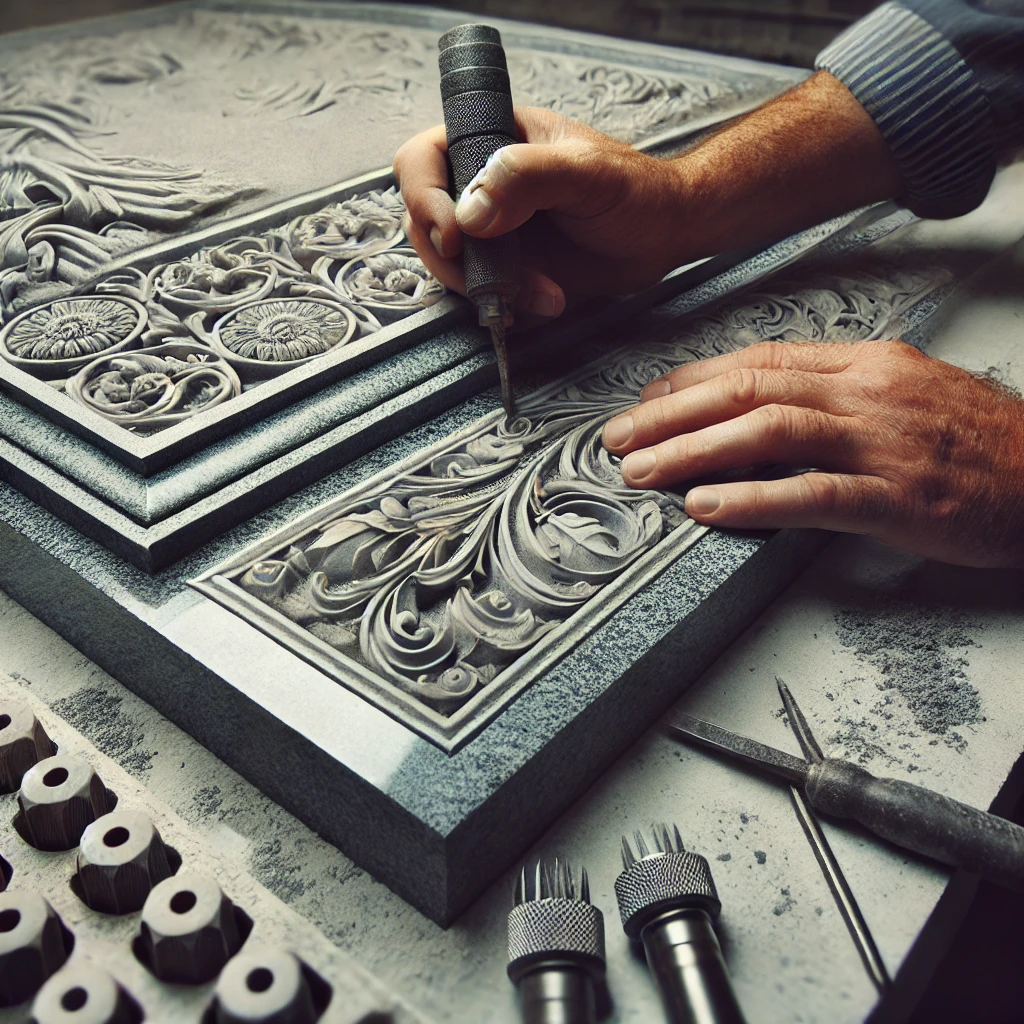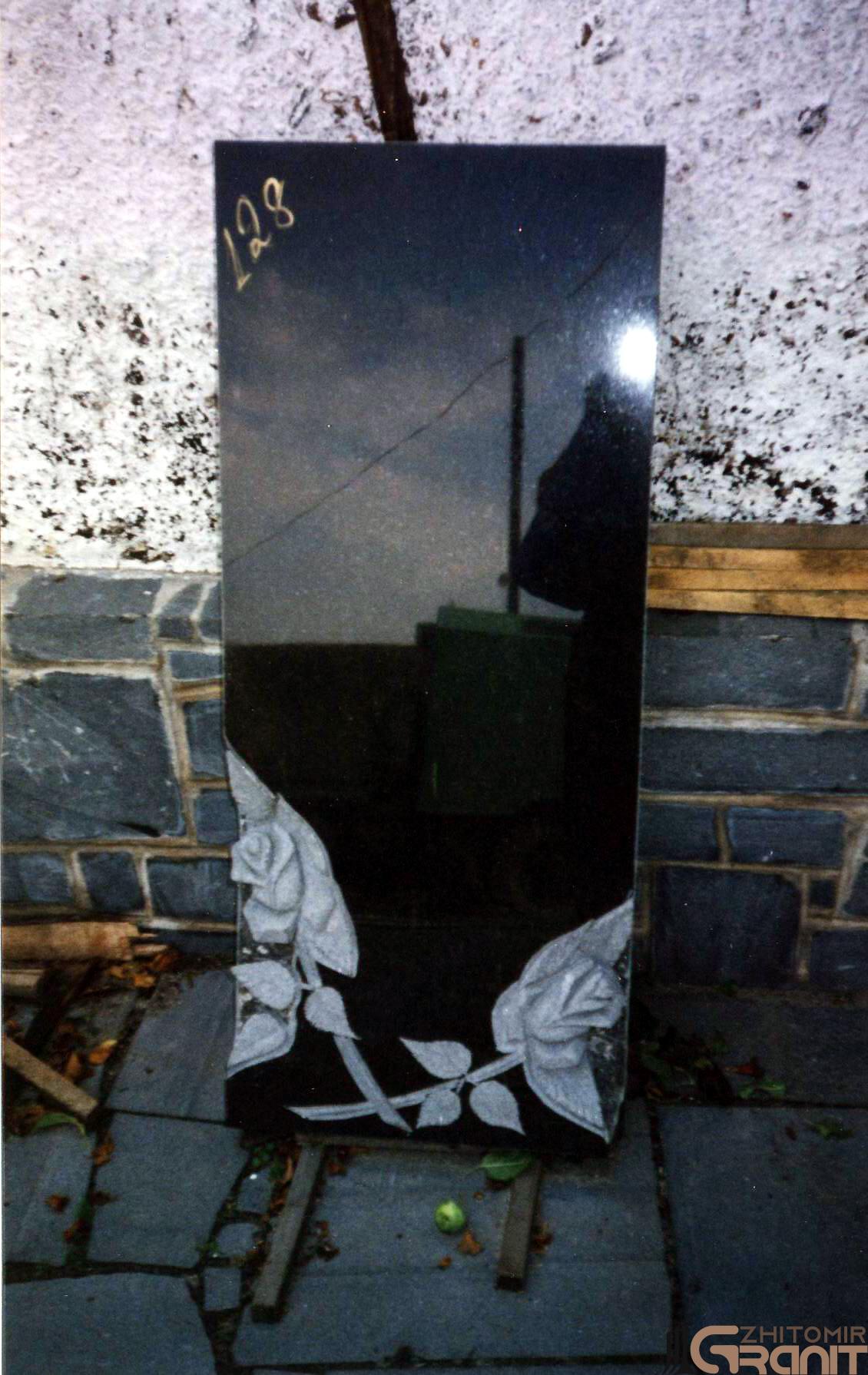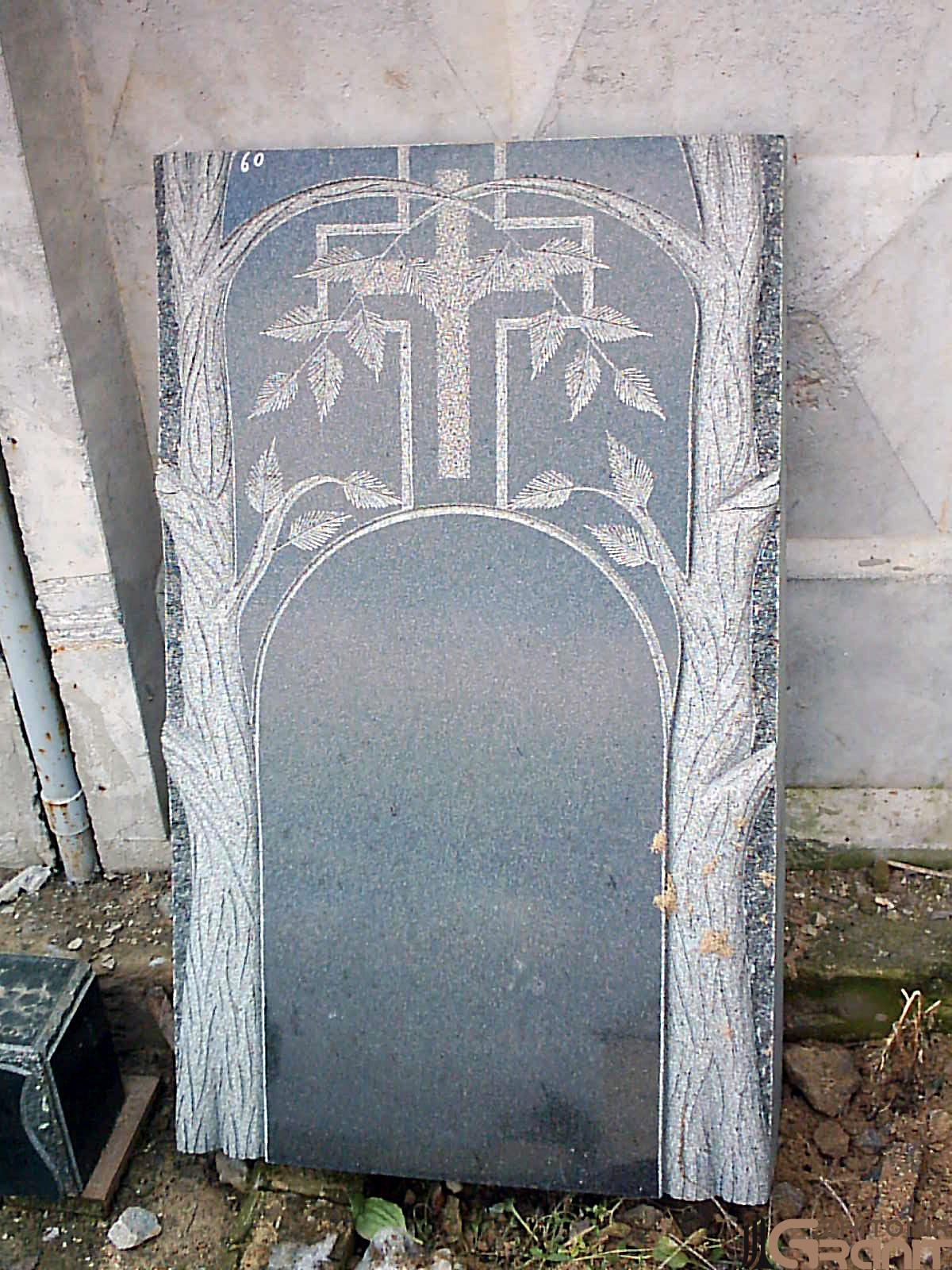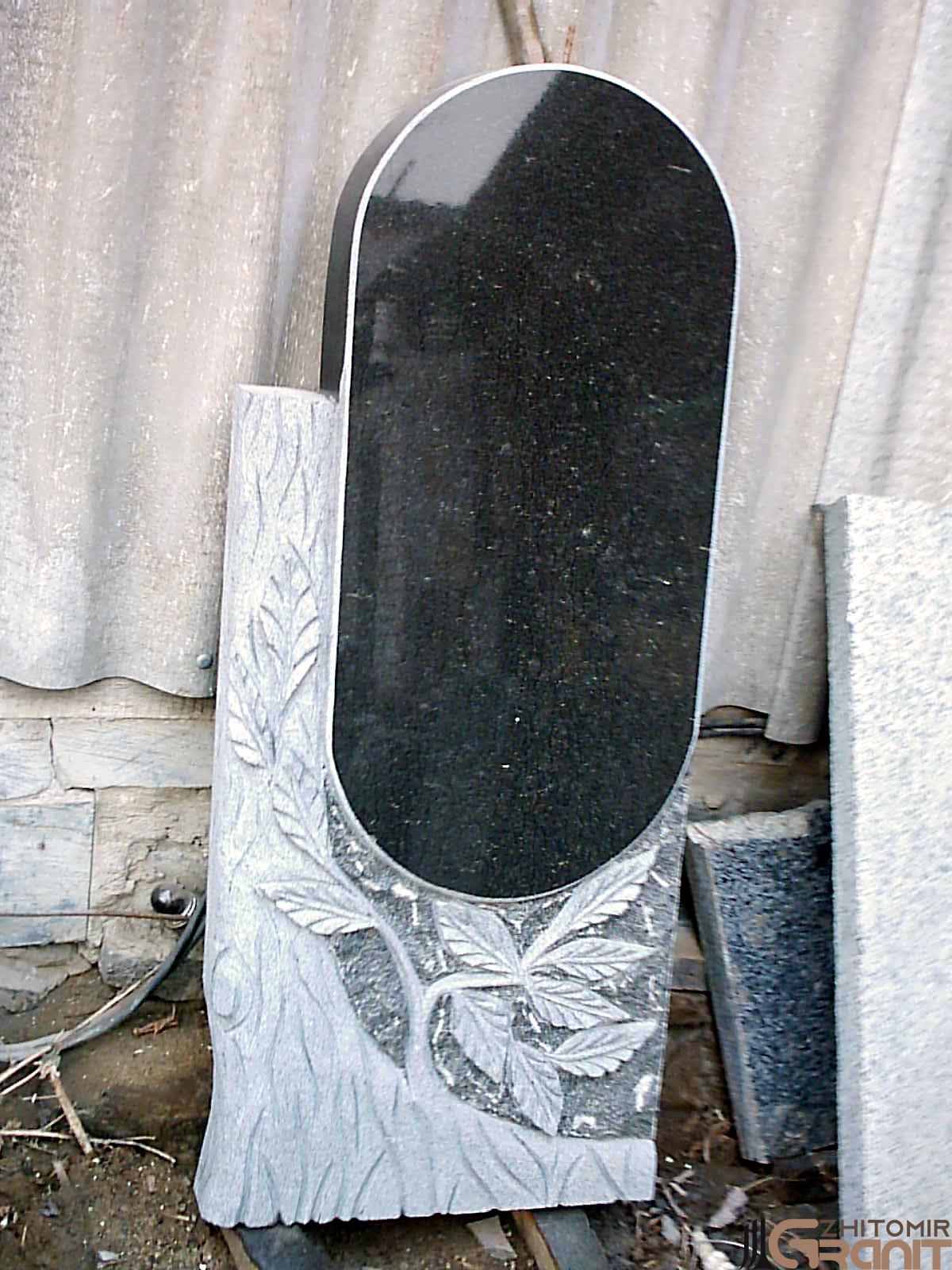Articles
Engraving on monuments

The importance of engraving in the creation of monuments
Engraving is an important element of monument design, allowing you to create unique inscriptions, decorative elements and portraits. Thanks to this technique, polished stone slabs acquire individuality, turning into symbols of memory. The peculiarity of engraving lies in its durability: it can withstand any weather conditions and remains unchanged for many years.
Engraving technology
Engraving is performed by removing the thinnest layer of polished stone. During this process:
- The surface layer is removed, revealing a lighter shade of rock.
- The resulting potholes are filled with special compounds and sometimes covered with gold leaf.
- The finished surface is polished for extra shine and completeness.
Engraving is used for application:
- Inscriptions (names, dates);
- Decorative elements (flowers, crosses);
- Religious symbols;
- Artistic portraits.
On coloured granite and marble, the engraving becomes more expressive only when gold paint is applied.
Engraving methods
Engraving is currently in progress:
- By hand
- It is used to create unique elements and portraits.
- It requires high qualification and experience of the master.
- It is the most labour-intensive method, but provides maximum detail.
- With the help of special machines
- Laser engraving - is performed non-contact, using a laser beam for precise material removal.
- Diamond machines - process the surface of the stone with a diamond cutter, ensuring deep and clear lines.
- Combined method
- The first step is machine processing, after which the master adds the finishing touches by hand.
The role of engravers
The engraver's work begins with the development of a sketch. At this stage:
- The overall composition of the monument is determined.
- We are developing the marking of inscriptions, portraits and decorative elements.
- The font, text layout, and additional details (flowers, religious symbols, etc.) are agreed upon.
Portraits play a special role. This is an extremely delicate and demanding job:
- Maximum resemblance of the image to the deceased person.
- High quality photographs used for engraving.
- Taking into account facial expressions, details of the person's appearance and character.
Photo requirements for portrait engraving
To create a portrait on stone, it is important to provide a high-quality photo that:
- It captures a natural pose and facial expression.
- It can be in digital or paper form.
- Even with its small size, it can be adapted to the needs of engraving.
If necessary, the photo is retouched: the hairstyle is adjusted, minor defects are corrected to create the highest quality result.
Colour engraving
Colour engraving is a modern approach to creating images on monuments. This method involves:
- Application of paints to the engraved surface.
- Use of high-quality paints that are resistant to fading and weathering.
- Create colourful landscapes, panels or decorative elements.
Although colour engraving looks impressive, it is more expensive and less durable than the classic black and white design.
Possibility of engraving correction
In case the customer is not satisfied with the result:
- The monument is sent for polishing.
- The engraving is done anew.
Innovations in engraving
Modern technologies allow us to create on monuments:
- Panoramic images.
- Realistic portraits.
- Artistic compositions that turn the monument into a real work of art.
Conclusion.
Engraving on monuments is a complex and responsible process that requires professionalism and attention to detail. Thanks to modern methods and technologies, engraving allows us to create unique monuments that reflect the memory of a person and become a symbol of eternal respect.










